SLEEPING with the ENEMY
SLEEPING with the ENEMY – electronic commerce business partners
Chief Executive, The, April, 2001 by Betty Spence
In B2B, e-communities can make for strange — though not entirely unpleasant — bedfellows
If you’re the chief executive of a manufacturing company, the business-to-business e-community — like it or not — is your new bedfellow.
That was the sentiment of CEOs at the E-Conference who have found themselves immersed, in less than a couple of years, in a wholly new environment for buying and selling parts and equipment, responding to requests for quotes, centralizing spending and more.
A year ago, investors thought of B2B primarily as exchanges, or e-marketplaces, the Internet mass substations that sprouted during the boom to connect buyers and sellers. Then came an explosion of bilateral e-commerce activities between companies within an industry and between industries. Suddenly the definition of B2B was expanded to include more than 60 new e-community consortia, including Covisint, created by General Motors, Ford and DaimlerChrysler; the consumer products marketplace Transora; and others in such diverse industries as aerospace/defense, chemicals, computers, construction, petroleum, retail and seafood.
Business models differ, but essentially, e-communities are the locus of “the software for the space between enterprises, connecting the food chain in an industry,” explained Michael Levin, founder and CEO of steel industry portal e-Steel.
In two years, e-marketplaces will dominate B2B, according to the Framingham, Mass.-based research firm IDC, which estimates that $1.2 trillion in goods and services will flow through this channel in 2004. Gartner Group anticipates that more than half a million companies will participate as buyers and/or sellers by 2005. So although the pillow talk may feel like collaborating with the competition, you probably have to do it.
A single standard
To get the top benefits of an e-community, a company must marry its internal systems with the e-marketplace. Levin reported that US Steel integrated all its back-end systems into e-Steel and now transacts online, rather than on paper. Ford Motor Company participates in e-Steel as well; it “addressed the supply chain from steel mills through service centers, through stampers, and into an assembly plant,” Levin explained. Ford changed fast, he added, “because they saw what it would be worth to the entire global steel industry to revert to one standard.”
Another benefit: you can hedge. “If you’re GM,” said Levin, “instead of buying a door panel or bumper, you can aggregate your entire buy, even the buy of people subcontracting those parts from you. You can go back up the value chain and buy raw material in the form of steel and then own that product all through production. There’s a lot of advantage in the certainty that you’ll have the material and control cost. Applying hedging tools changes the model of doing business.”
Public or proprietary
Of course, no relationship is perfect. Giving up a certain amount of intellectual property (IP) comes with linking with an e-community. Joiners have decided the gains from sharing information outweigh any potential losses to a competitor; you simply choose what knowledge you’ll share and what not to transfer, said Larraine Segil, co-founder, The Lared Group. Ford rushed in where others fear to tread, according to Levin, “deciding quickly that the supply chain of steel is outside their core competency of designing cars and bringing them to market, and they transferred that IP. We built the system and own it, and they’re delighted if we sell it to the rest of the automobile industry.”
Industry consortia now achieve most of the same advantages as exchanges: they do the work for their members, offering fast link-up, thinner platform and, of course, connections: the more suppliers you get, the more buyers you attract, and vice versa.
Alan Weinberger, chief executive of Technology Net, lobbied for exchanges as the neutral enabler that can get manufacturers to work together. Rewards, he attested, include not just reach, but also lower working capital, smaller inventory, shorter production time, efficient meetings, faster reassignment of material and quicker claims settlements. Added Joe Galli, still VerticalNet chief at November’s E-Conference (and now head of Newell Rubbermaid): “If you execute well and the technology is compelling and elegant online, you end up with people feeling they have to be part of the platform in the same way a baseball card dealer feels he or she’s got to be part of eBay.”
Whether you go private may come down to time and money. When asked, “Why not do it ourselves?” Levin answered, “It’s a question of the balance sheet and whether you want to go to one place to buy a database, another to buy the software, then write the whole thing and end up with a customized system that can’t deal with anyone else.” He added a final pitch for exchanges: one, you can get right in; and two, one exchange can talk to another, so “you can go through e-Steel and get to metals.com.”
The twilight of exchanges?
Despite all their seeming benefits, public exchanges may not make it. One CEO at the center of the B2B storm, Internet Capital Group’s Walter Buckley, listed two things that surprised him this past year. First, the pace of change: “We would have thought that today’s market would have occurred 12 months out.” And second, “we did not anticipate the Global 2000’s intense defensive reaction,” which spurred them hell-bent-for-election to create industry consortia — and which then stole the field. (See story, page 24.)
Many exchanges sounded their own death knell by charging transaction fees. Said Kris Tuttle, Wit SoundView’s co-director of research, “The ASP [application service provider] model — recurring revenue from transactions — is not the way software gets bought.” The Internet has not altered buying behavior — we like to take our stuff home. In the adaptor-die B2B world, some exchanges like VerticalNet, Ventro and Commerx are switching to service models.
Some traditional companies are developing exchanges and extranets “in order to extend the Internet to suppliers, customers and distributors,” noted Paul Gudonis, CEO of Genuity. “The head of sales or marketing creates an extranet on the sell side,” he explained. “Then on the buy side, purchasing agents say, ‘Look, you’ve got to get online with us because this is the way we’re going to drive our purchases.'”
Call it coercion? Gudonis said that General Electric and others are doing this “to strengthen relationships among the supply chain and put a wall around them” — in essence, compelling suppliers to do business online with the purchasing organization. Such shotgun weddings may force the business community online, even if desire does not.

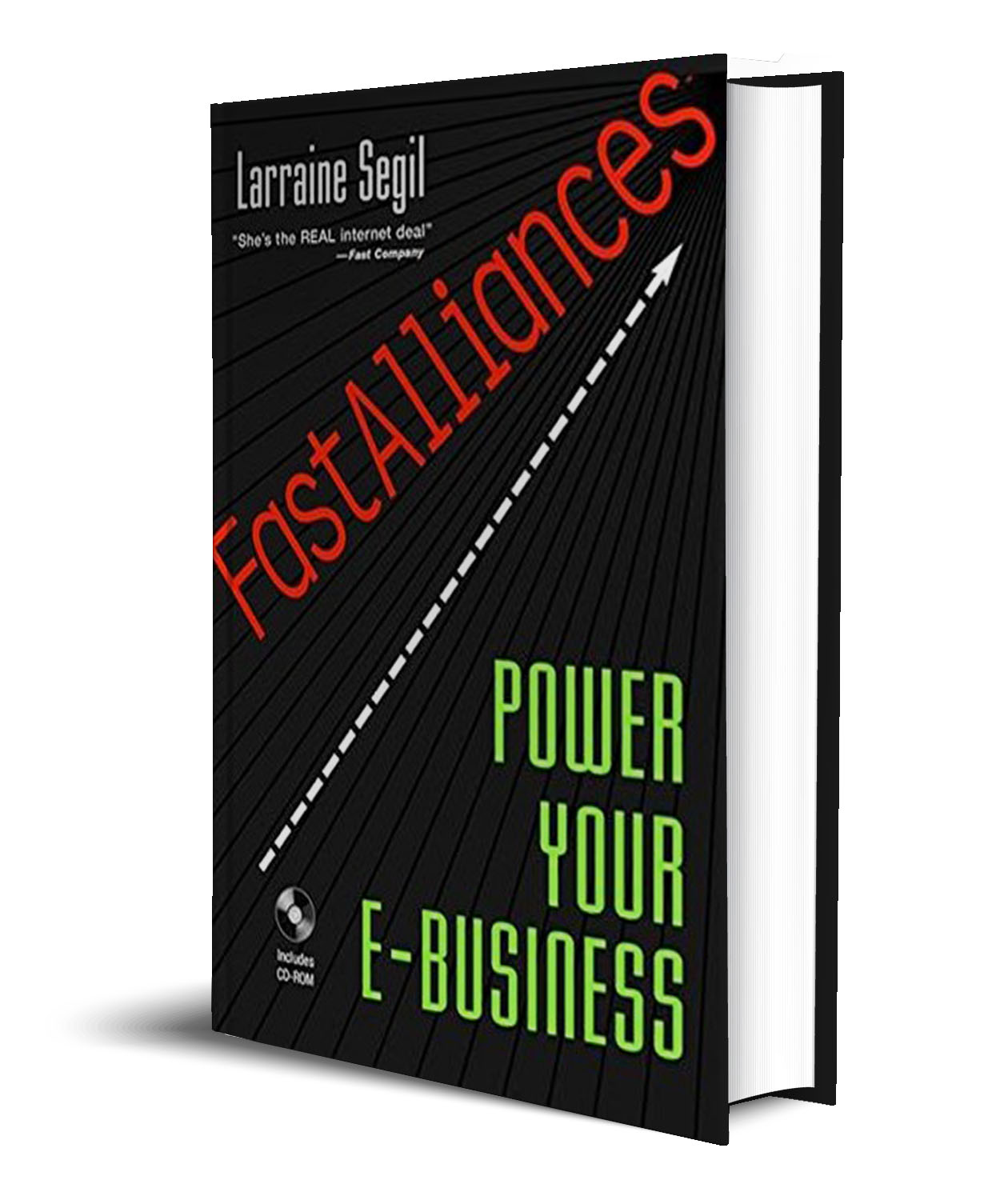
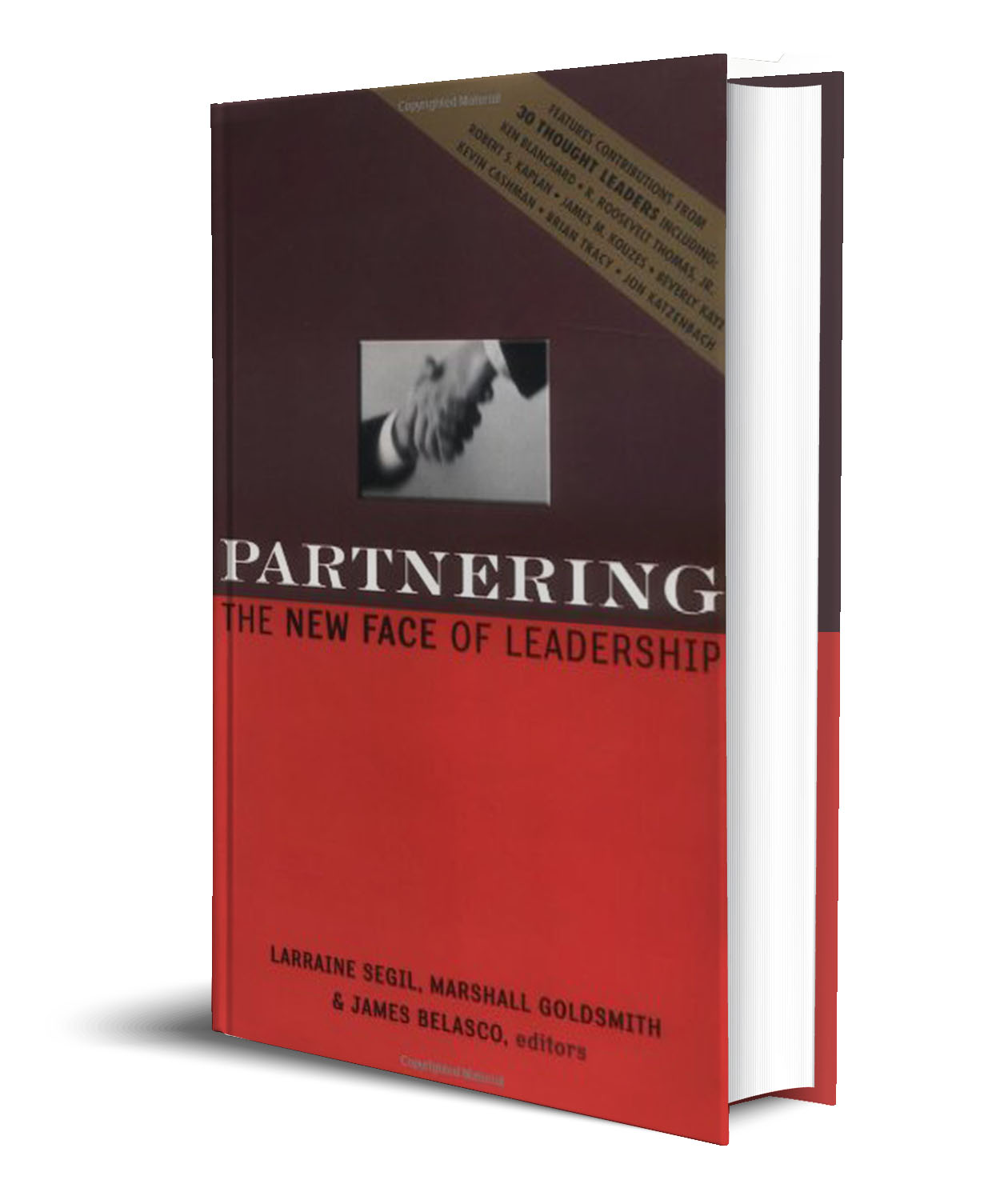
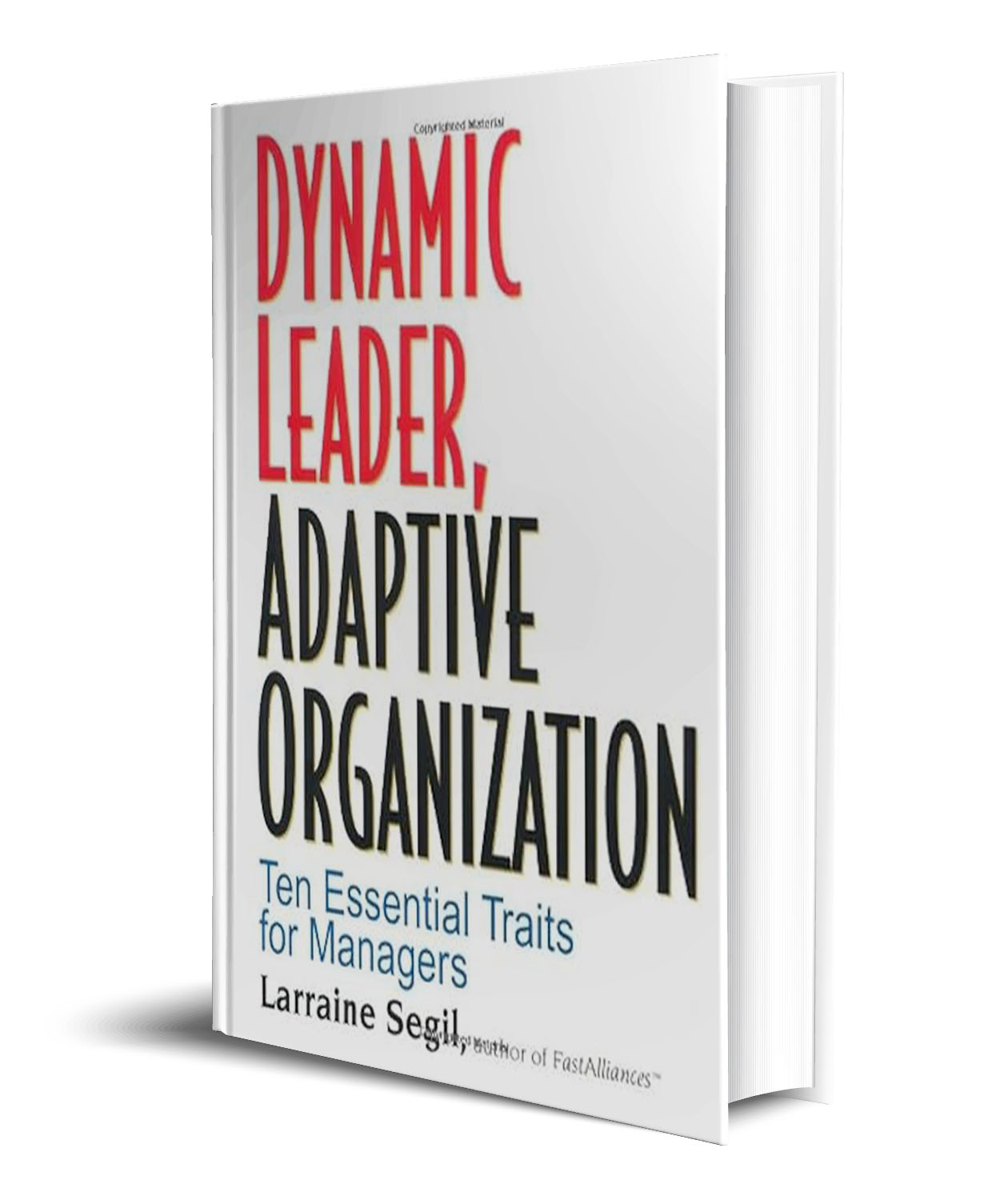
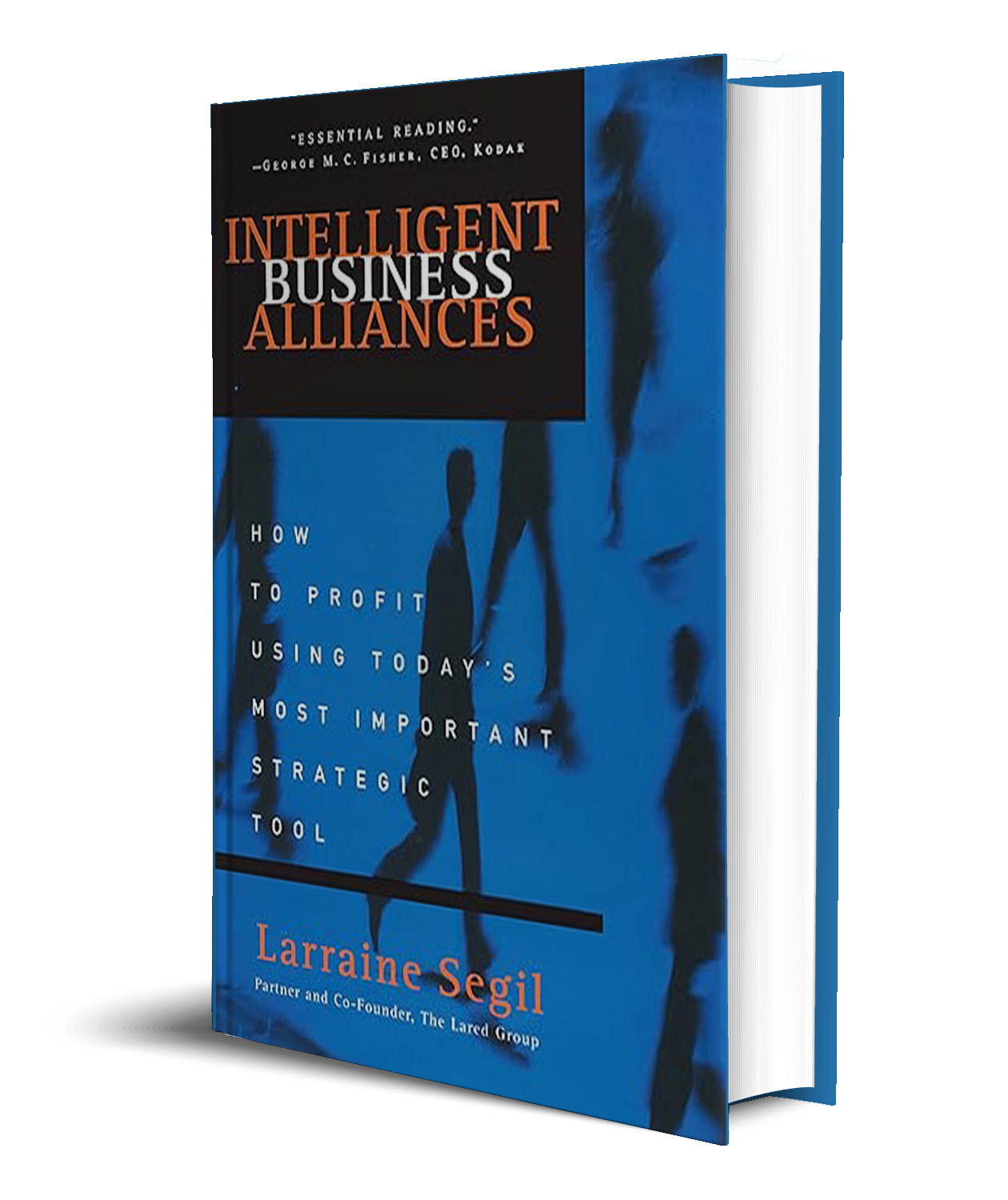
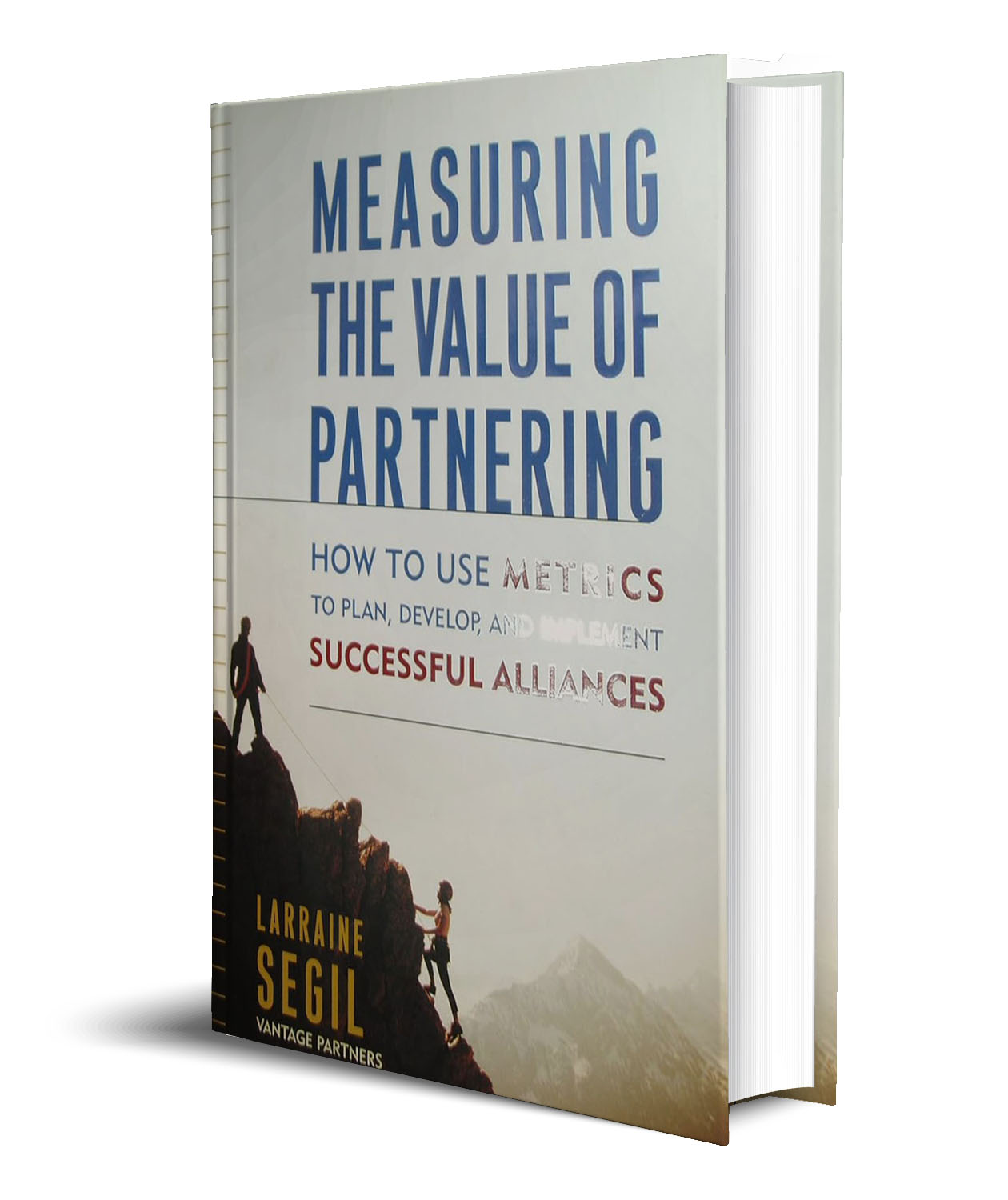
Leave a Reply
You must be logged in to post a comment.